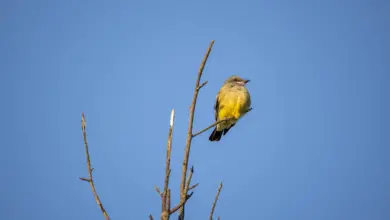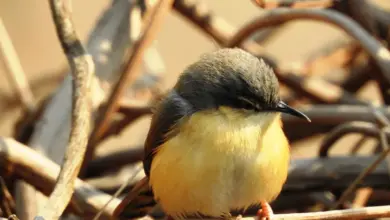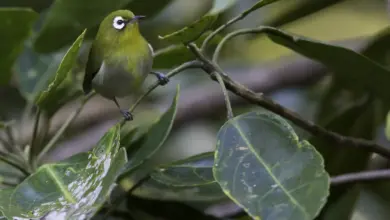Condors – the largest of all New World vultures
Condors refers to the largest species of New World vultures; and the largest flying land birds in the Western Hemisphere.
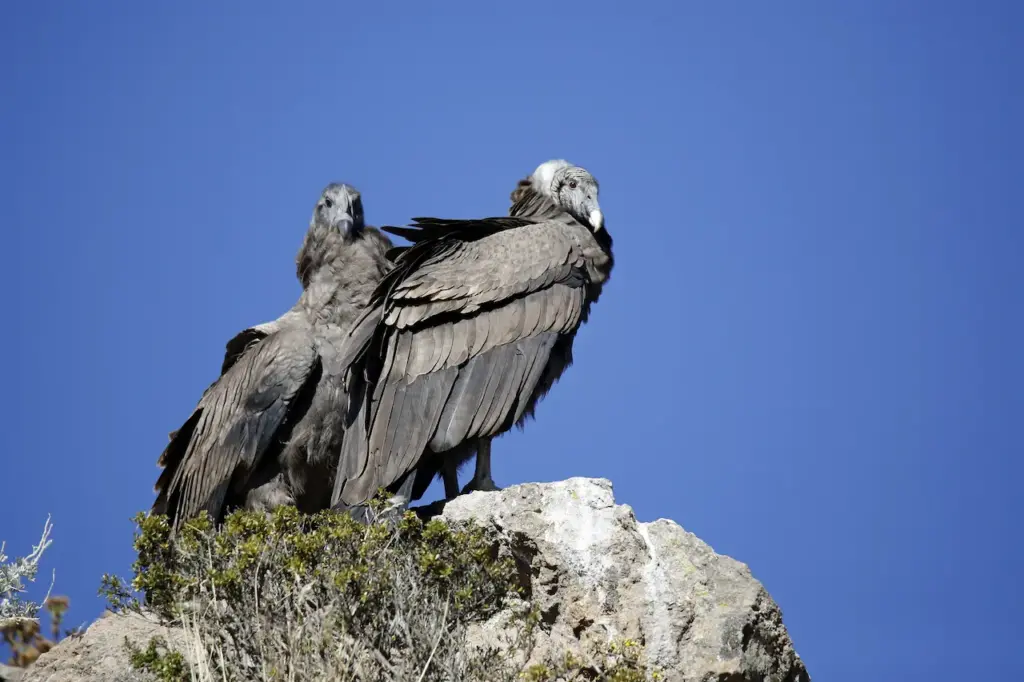
These impressive birds of prey weigh up to 33 pounds (11.8 kg); stand up to 4.3 feet (1.3 meters) tall, and have a wingspan of up to 11.5 feet (3.5 meters).
They inhabit large territories and may travel 150 miles (250 km) a day in search of prey.
Species, Ranges and ID:
- The Andean Condor (Vultur gryphus)
- Range: Andes mountains
- Status: Near-threatened within their natural range; significant declines have been reported particularly in the northern part of their range
- Physical Differences: ~2 inches (5 cm) shorter than the California Condor, but has a larger wingspan. Males can easily be identified by the large comb (caruncle) on the head and the wattle on the neck that is formed by folds of skin (absent in females)
- Behavioral Differences: May kill some living prey, contrary to the California Condor, which only feeds on carcasses..
- The California Condor (Gymnogyps californianus)
- Range: Western coastal mountains of the United States
- Status: Critically endangered. In 1982, only 22 California Condors were left in the world. Due to conservation efforts, around 400 are now in existence, half of which are found in the wild.
- Physical Differences: Unlike the southern species, males and females look alike, except males tend to be larger in size.
Appearance
Measurements
Andean Condor:
- Body Length: 3-4 feet (0.9 – 1.2 meters)
- Wingspan: Up to 11.5 feet (3.5 meters)
- Weight: 17-33 pounds (7 – 11.8 kg)
California Condor:
- Body Length: 3.8 – 4.3 feet (1.1-1.3 meters)
- Wingspan: Up to 9-1/2 feet (2.8 meters)
- Weight: 17-26 pounds (7-11 kg )
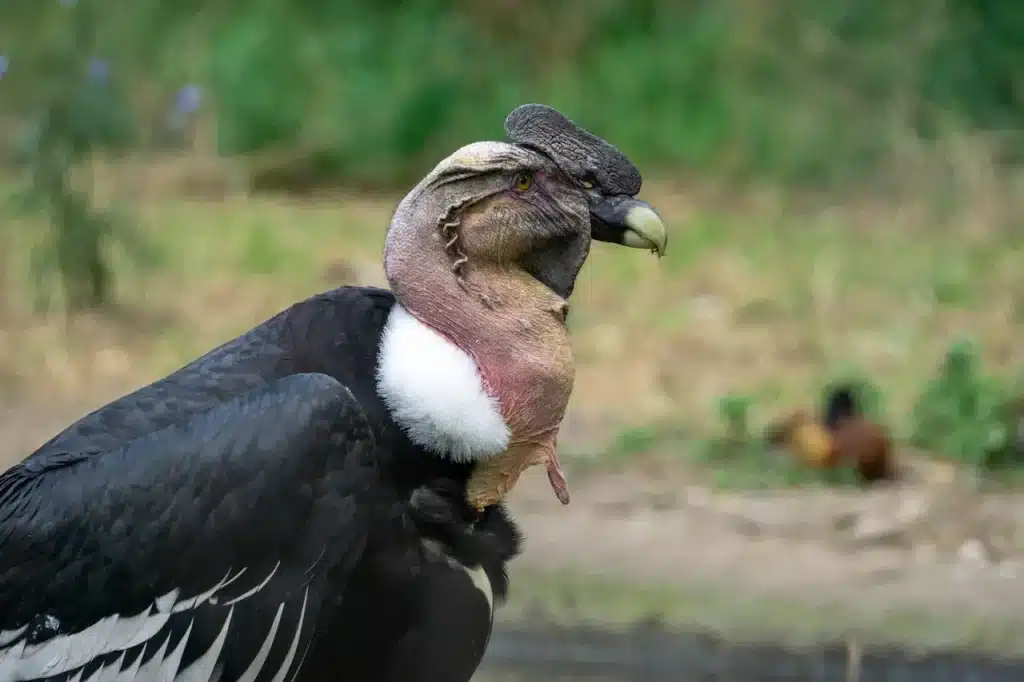
Description
These large, broad-winged soaring birds have a black plumage (in adults), with the exception of white feathers at the base of the neck and large patches or bands of white on the wings.
Juveniles are covered with a greyish down. Fledglings are almost as large as adults. They are able to fly when they are about six months old.
As is typical of vultures, the head and neck are featherless. This facilitates keeping these areas clean, which is necessary considering the fact that they feed out of carcasses. The color of the skin on the necks changes depending on the age of the birds and breeding condition. Adult birds have a skin that ranges from cream, pink and yellow. The skin may change to orange in breeding birds.
These birds reach reproductive maturity when they are about 5 – 6 years old. The world’s oldest Condor died at the ripe, old age of 100 in the Jardin d’Essai du Hamma in Algiers.
Condors are monogamous and form life-long bonds.

